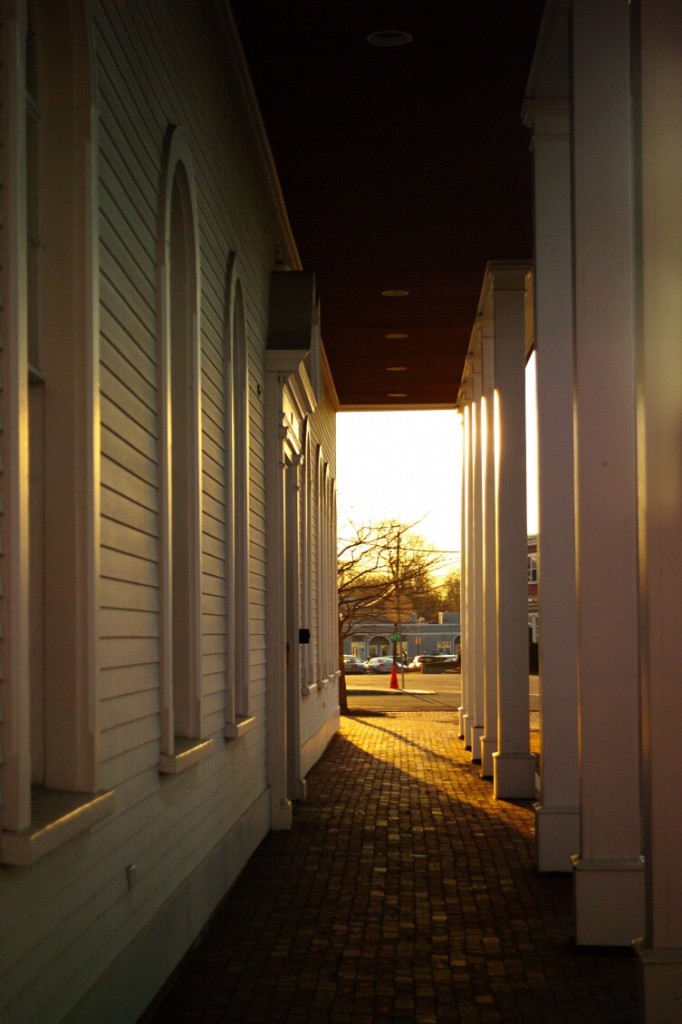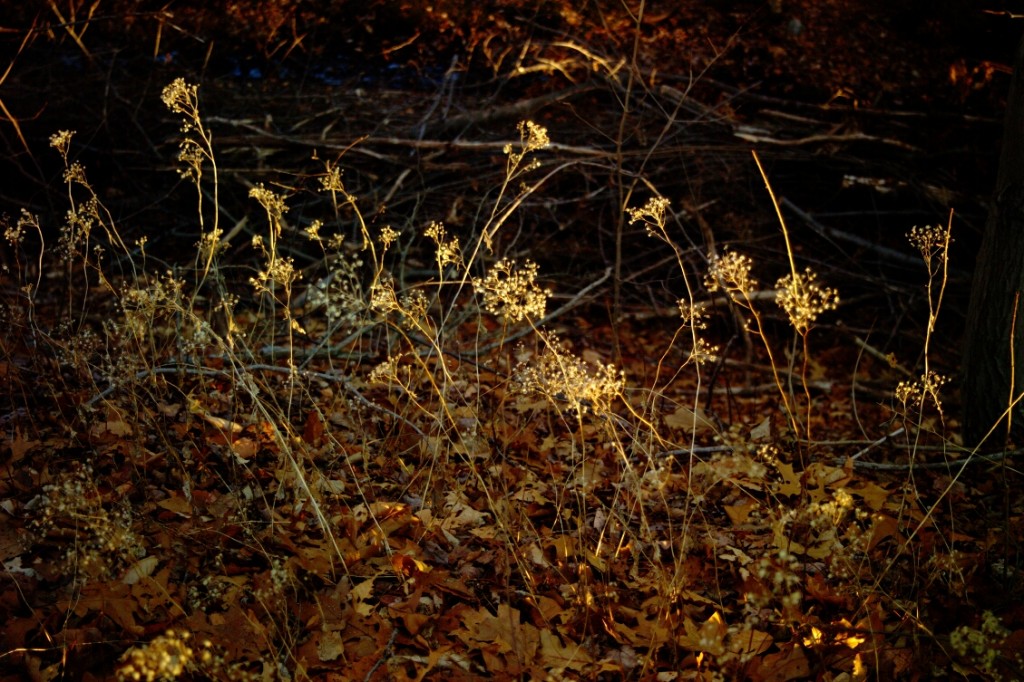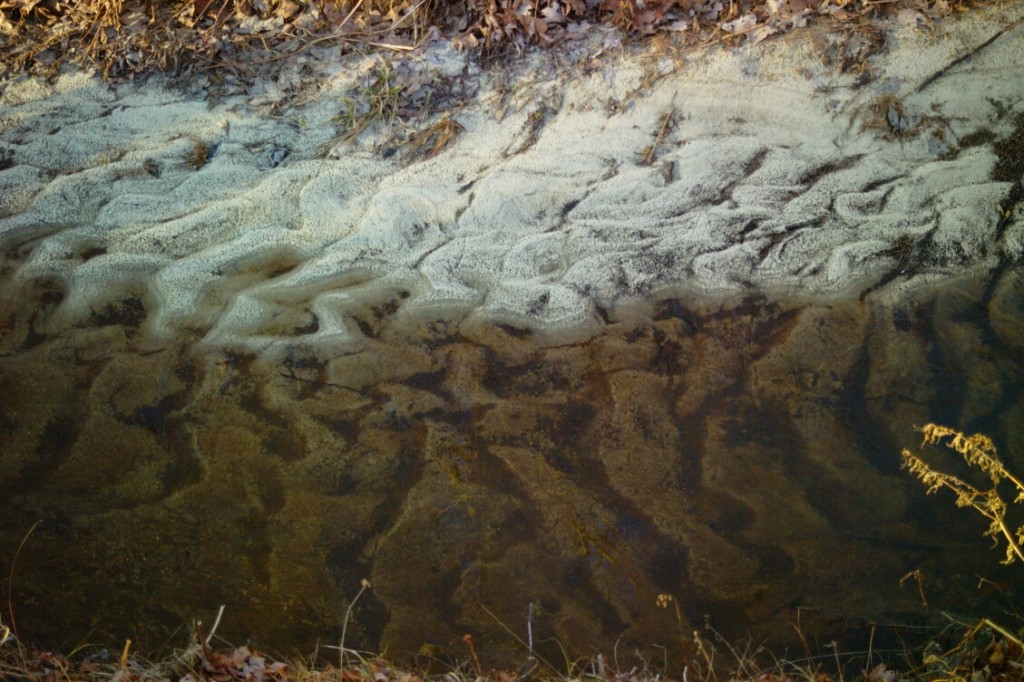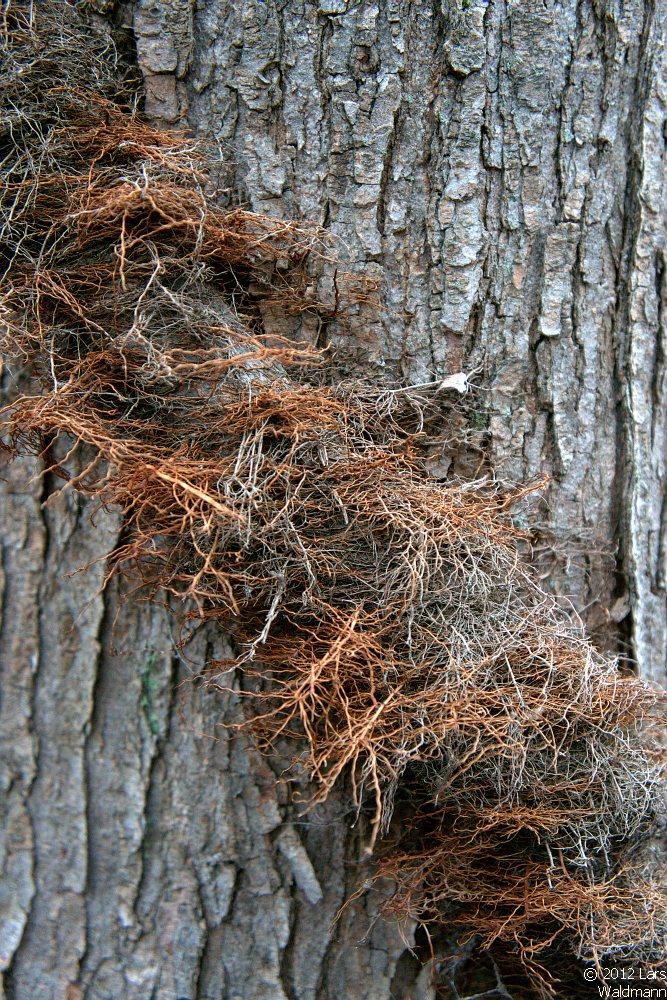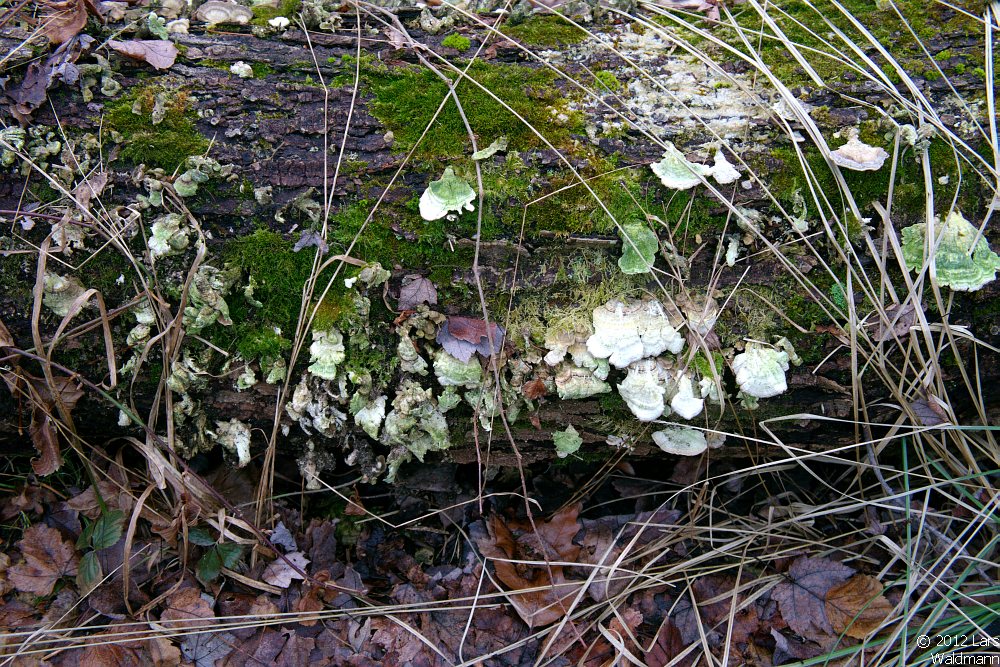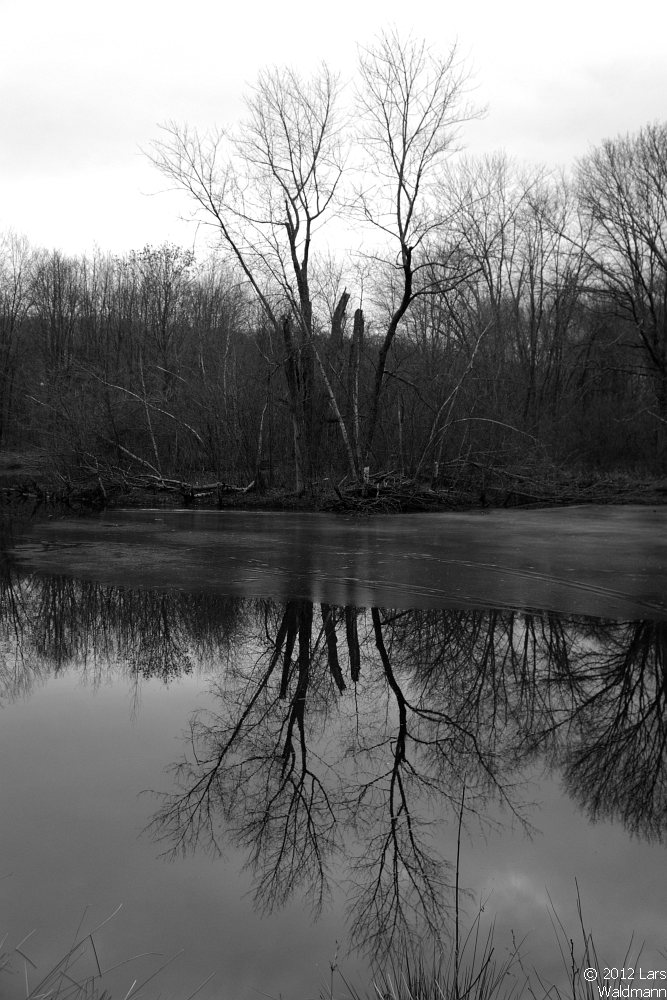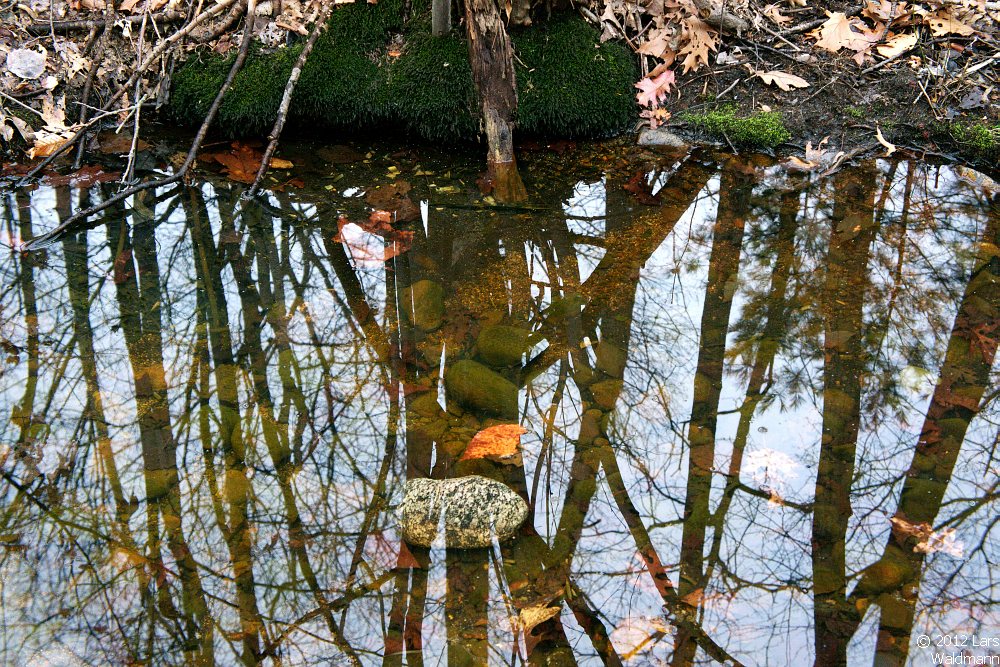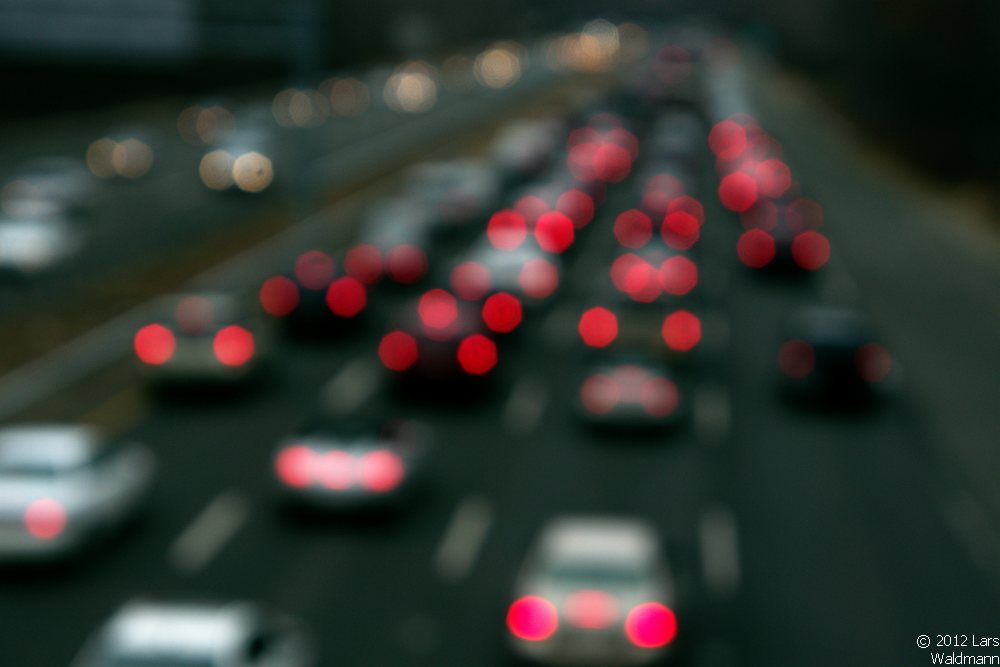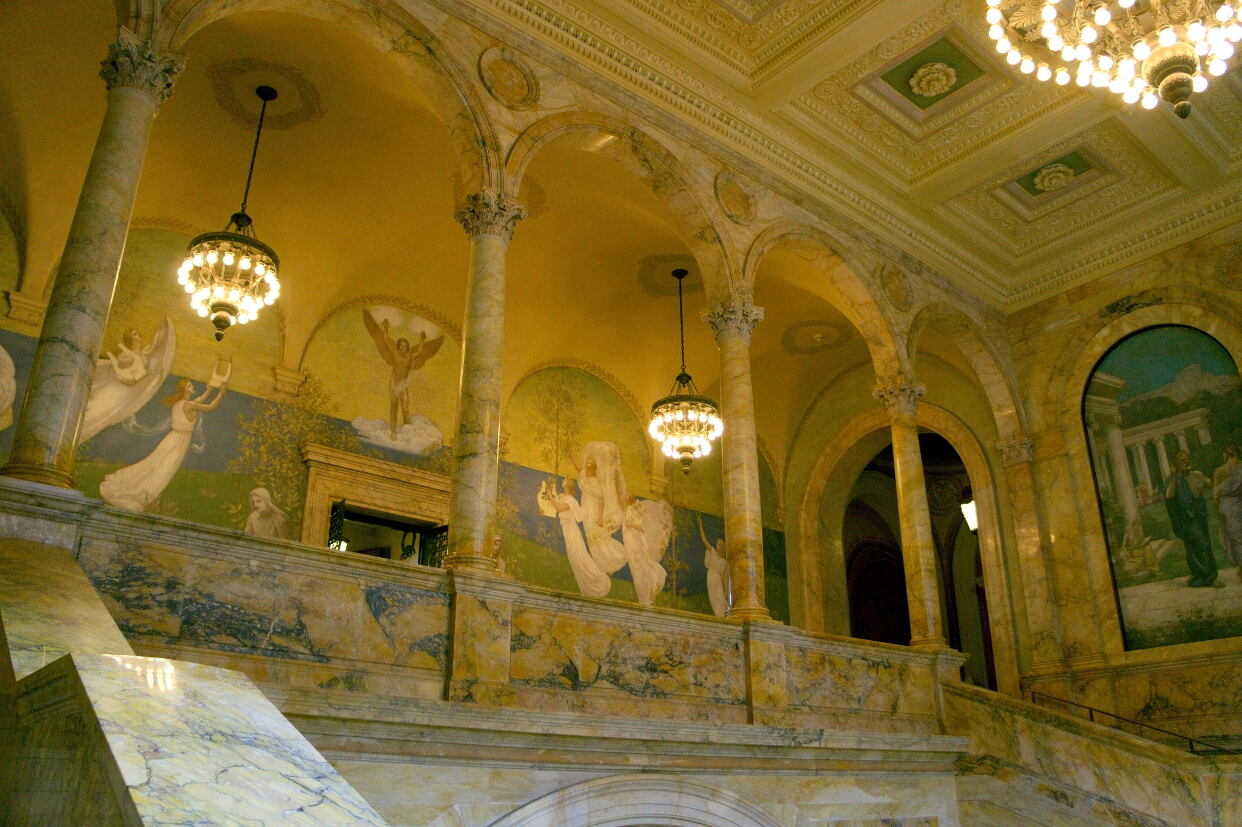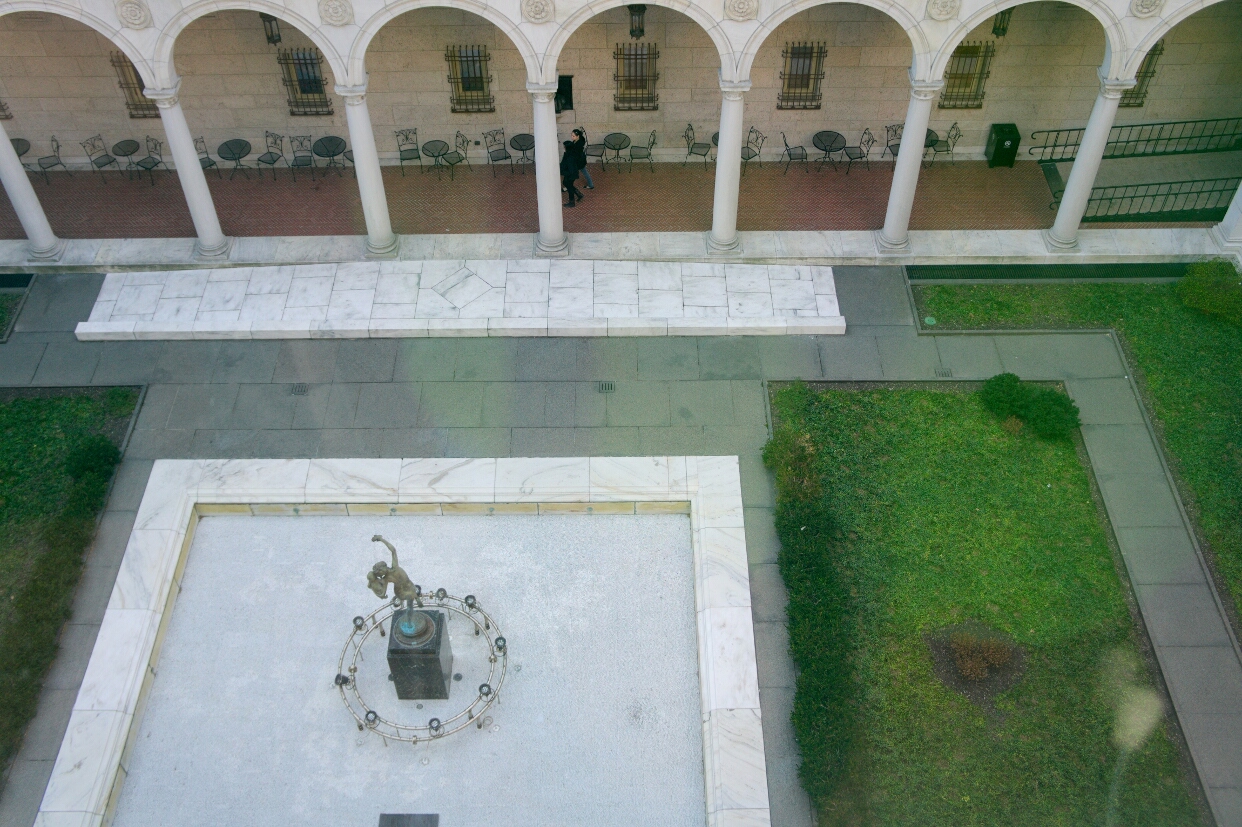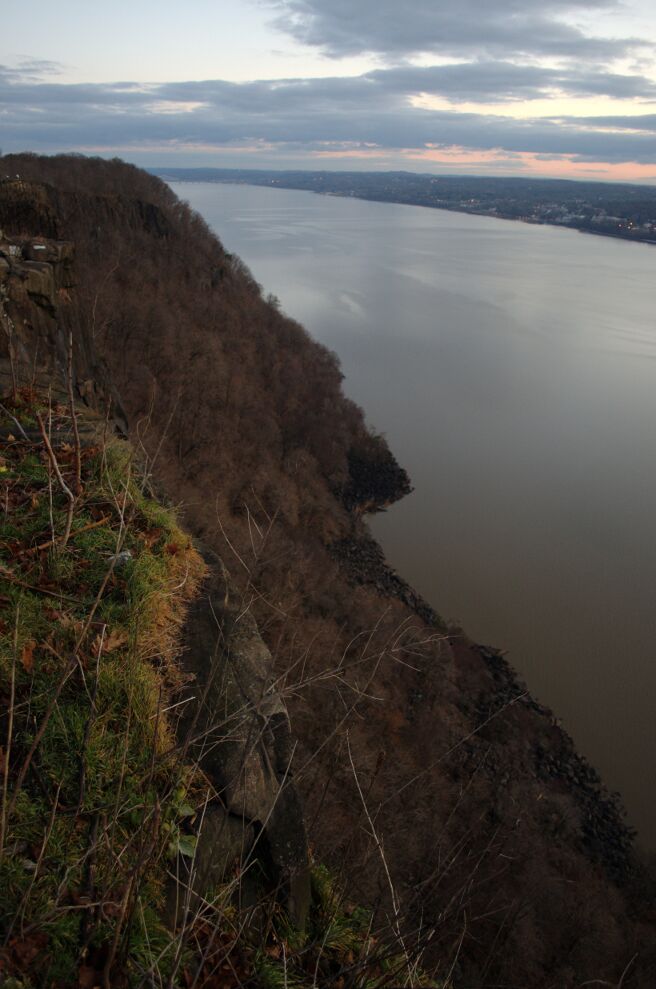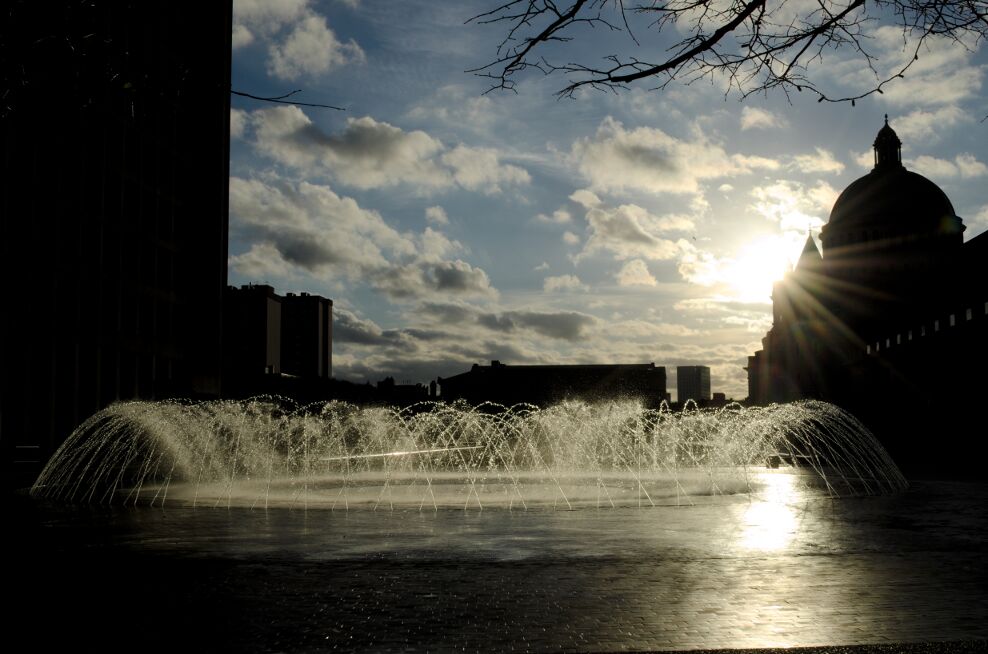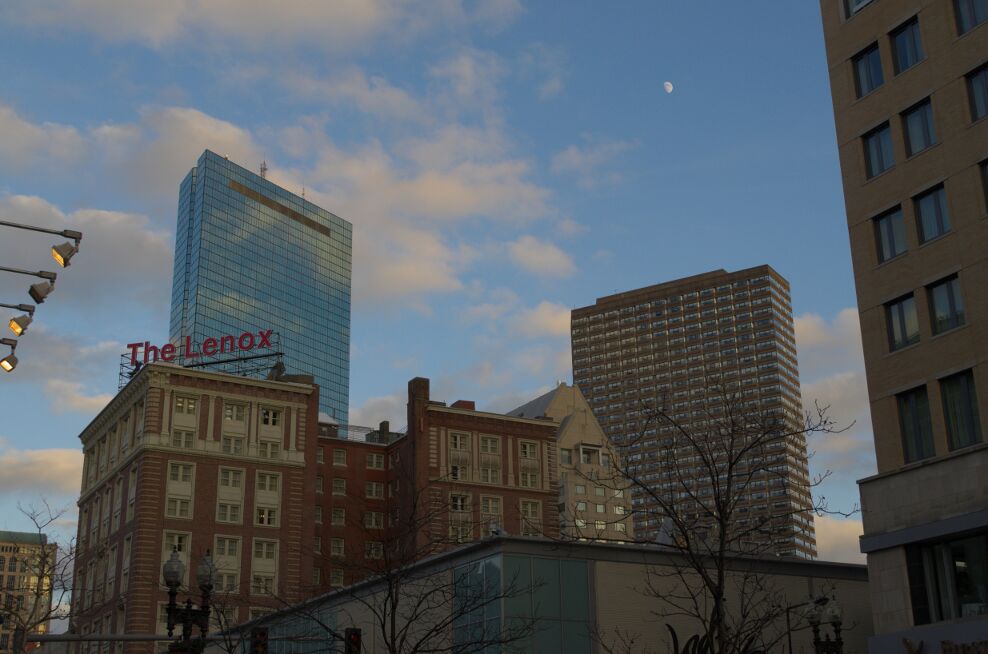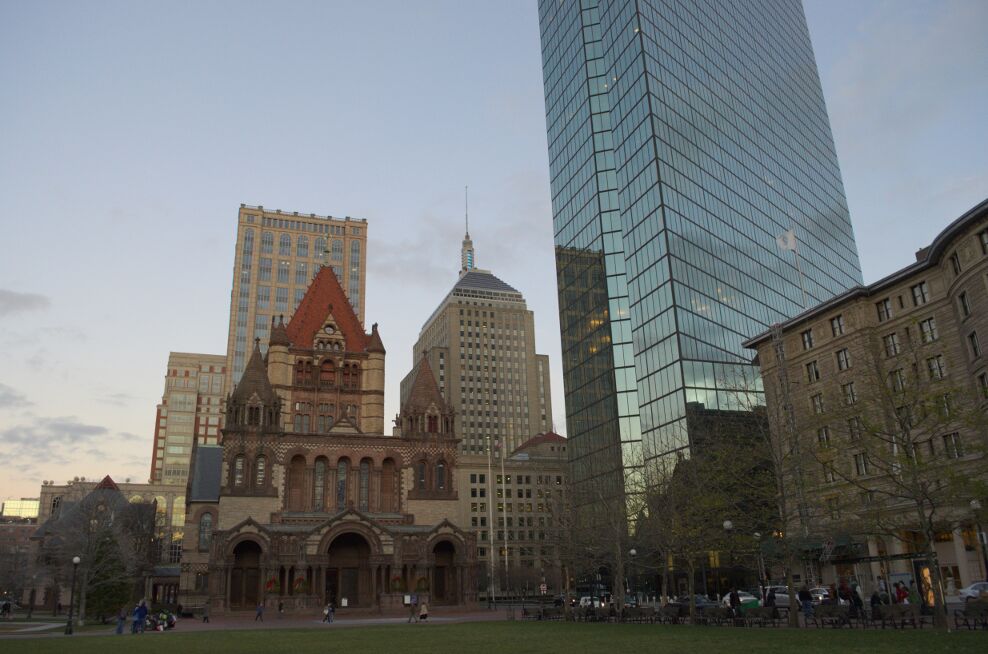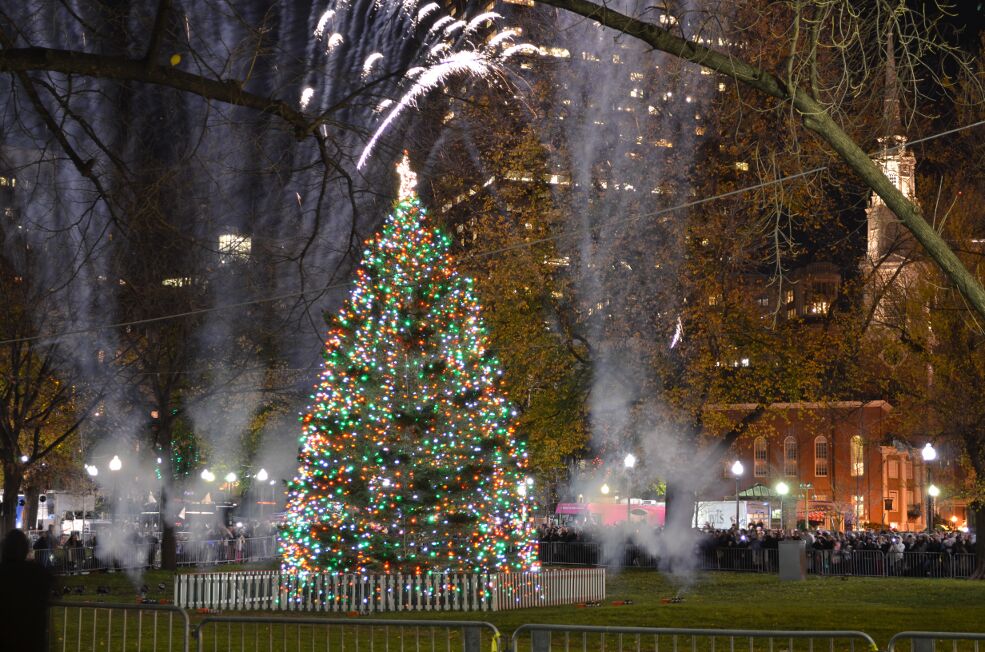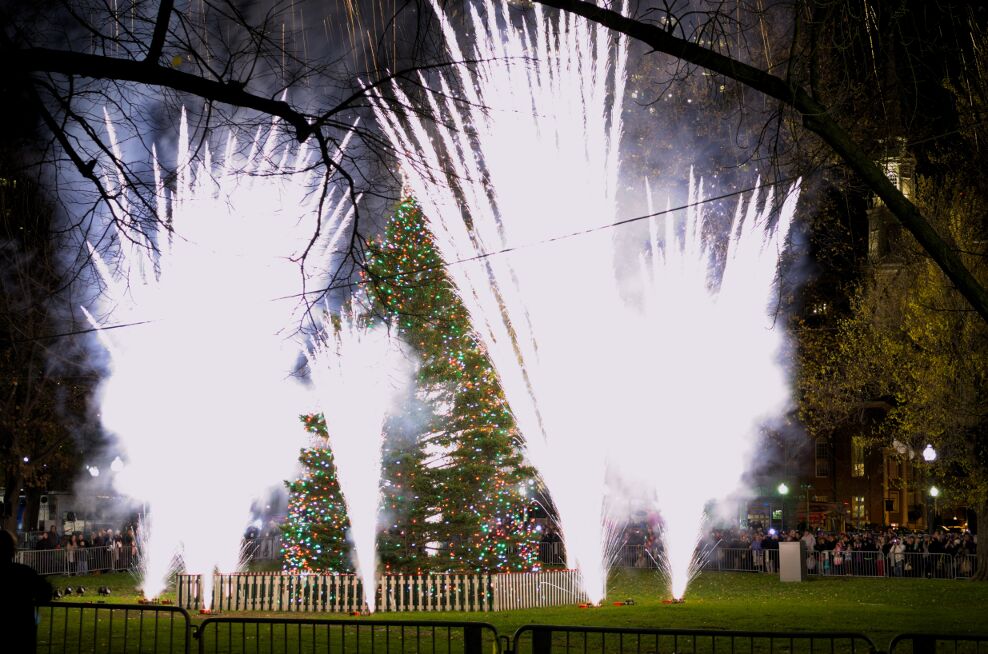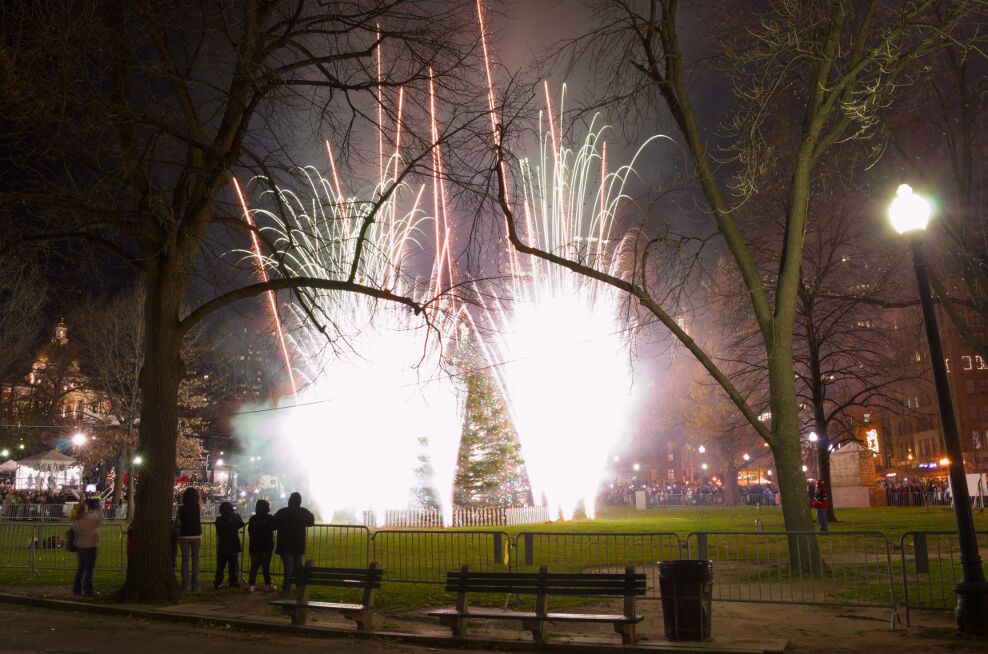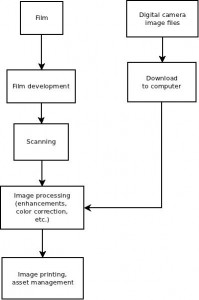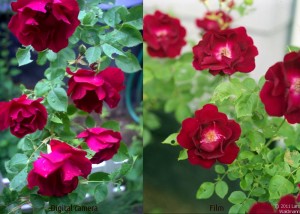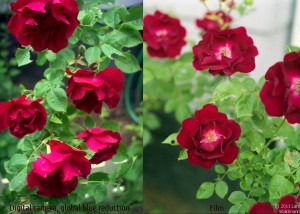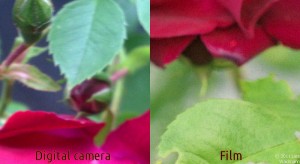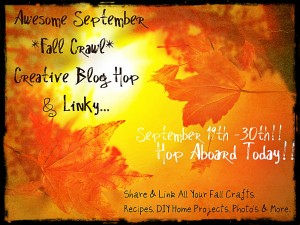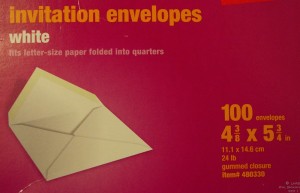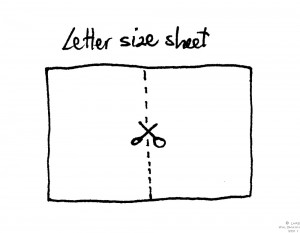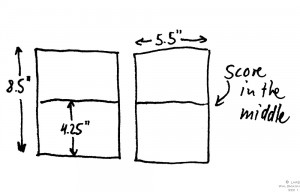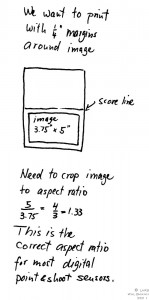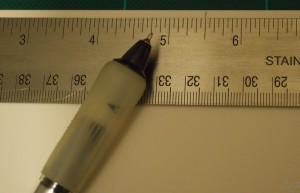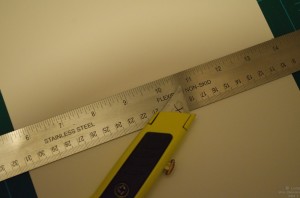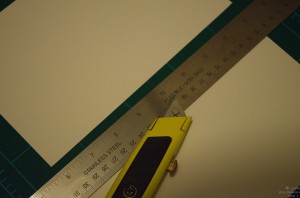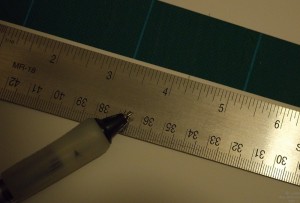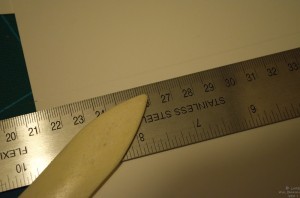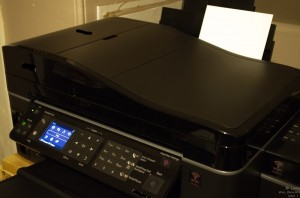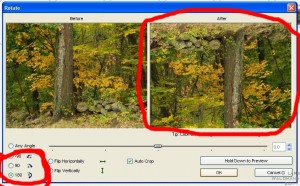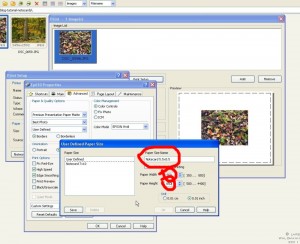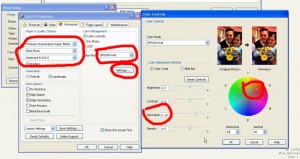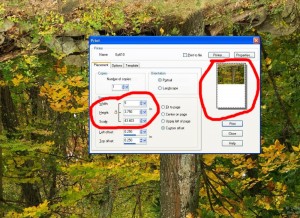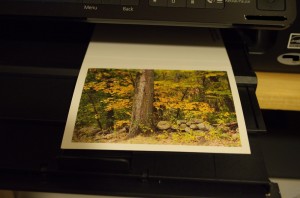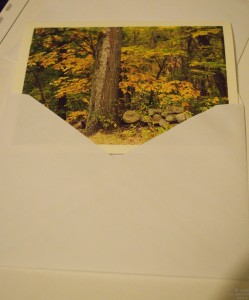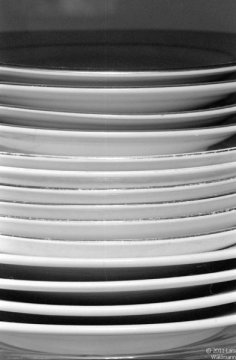Yesterday I wrote about my attempts to find something visually inspiring to photograph during an overcast morning in an area that is very familiar to me.
When we travel to places we have not been before, we find lots of things to photograph, whereas when we walk through our neighborhood we have a really hard time finding anything that is visually inspiring. Yet we are more prone to take cliché images in the places we travel to, because we look at other people’s work before we get there. Because we don’t live at the places we travel to, we can only get some superficial photos.
The place we live in we are intimately familiar with. Here is where we know the best places and the best light etc.
A lot of beginning landscape photographers are taught that the only “real” places for landscape photography are in the Southwest, and when one looks at photography magazines, this impression seems to be in line with this notion as well. Don’t get me wrong, it is a wonderful experience to travel and photograph in places such as Grand Canyon, Monument Valley, Zion, Bryce, Canyonlands, Antelope Canyon, Arches, Yellowstone, Yosemite,… but don’t expect to make your best photographs there. Instead become familiar with the State Park near your home.
A place I have become familiar over the years is a (paved) trail from a former railway that connects the towns of Arlington-Lexington-Bedford (Massachusetts), the Minutemen Bike Trail. Every week I have the opportunity to walk on the trail. Unlike yesterday, this morning it was sunny.
The sun was gorgeous, as seen here through the building of the former train station in Lexington, MA.
I dug out my old digital SLR I got 6 years ago, because I like to try out different gear and different media (digital vs. film) for a change in pace. After processing Raw files from the old camera I was amazed how great the photos looked. I have definitely seen a large improvement in raw processor software from ~2003 when I first started using raw files. (Sorry for the discourse in technology.)
In one part on a downhill slope of the trail the morning sun perfectly hit a patch of dried plants that had a wonderful glow to it.
On the final stretch of my walk was a little creek left to the road. I suddenly noticed the ripple in the sand which made me wonder when the currently more stagnant creek was carrying enough water to form these ripples.
What do you noticed in your day-to-day environment that is unusual? I hope we can take a breath of fresh air every day and see something in our environment that is different from what we are used to seeing. This will help us to stay photographically alert.
Thanks for reading,
Lars

